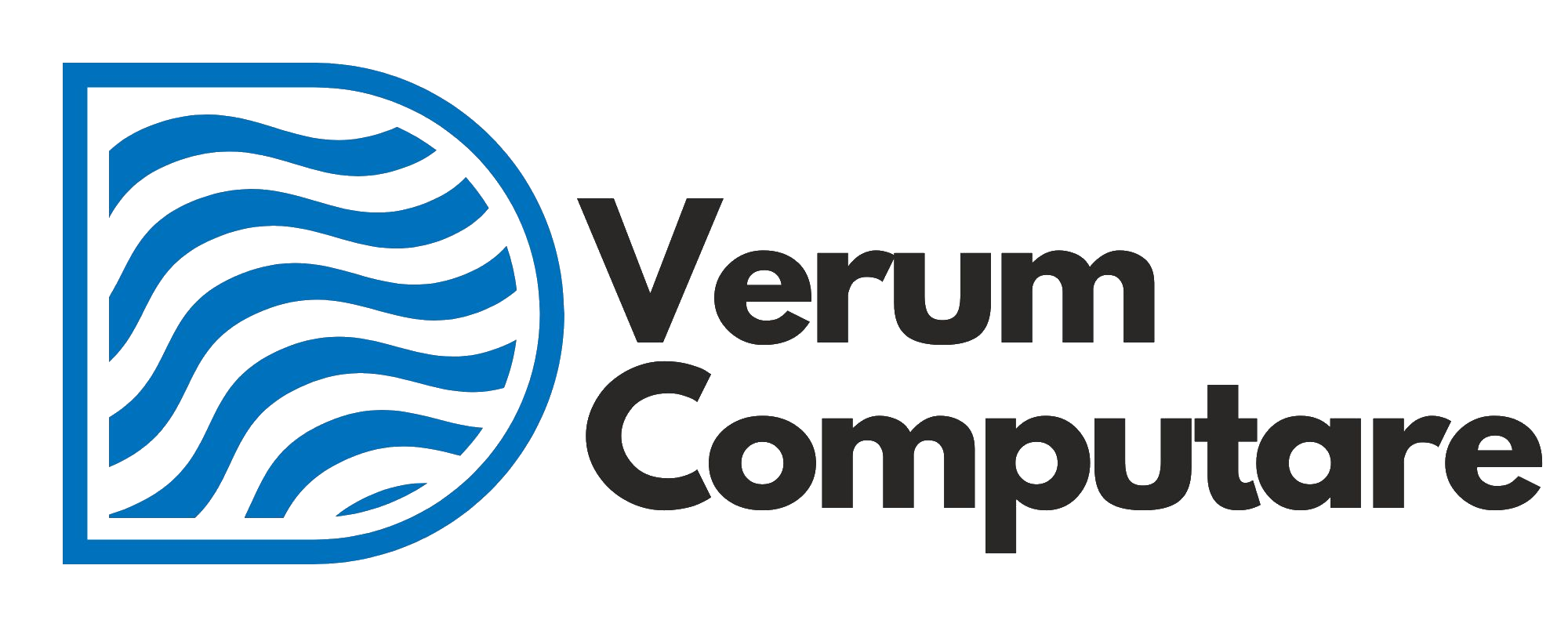Creating a Data Management Checklist: What Every Business Should Include

A well-structured data management checklist is essential for organizations looking to effectively manage their data assets. By incorporating key components into this checklist, businesses can ensure they maintain data integrity, security, and compliance.

- Data Inventory: Start by cataloging all data assets. Identify the types of data collected, their sources, and how they are stored and processed.
- Data Classification: Implement a classification system to categorize data based on sensitivity and regulatory requirements. This will guide security measures and access controls.
- Access Controls: Establish role-based access controls to limit data access to authorized personnel. Regularly review and update permissions to reflect changes in personnel or roles.
- Data Encryption: Ensure that sensitive data is encrypted both at rest and in transit. Use strong encryption algorithms to protect data from unauthorized access.
- Regular Backups: Create a backup schedule to regularly back up critical data. Ensure that backups are stored securely and are easily accessible in case of data loss.
- Monitoring and Auditing: Implement monitoring tools to track data access and usage. Conduct regular audits to assess compliance with security policies and identify potential vulnerabilities.
- Employee Training: Provide training programs for employees on data management best practices and security awareness. A well-informed workforce is essential for maintaining data security.
- Incident Response Plan: Develop an incident response plan outlining procedures for identifying, responding to, and recovering from data breaches. Regularly test and update this plan.
- Compliance Checks: Stay informed about relevant regulations and standards affecting data management. Conduct periodic compliance checks to ensure adherence to legal and industry requirements.
- Data Lifecycle Management: Establish policies for data retention and disposal. Ensure that data is retained only for as long as necessary and securely disposed of when no longer needed.

By following this checklist, organizations can create a robust framework for effective data management. Ensuring the integrity, security, and compliance of data assets is essential for maintaining trust and supporting overall business operations.


